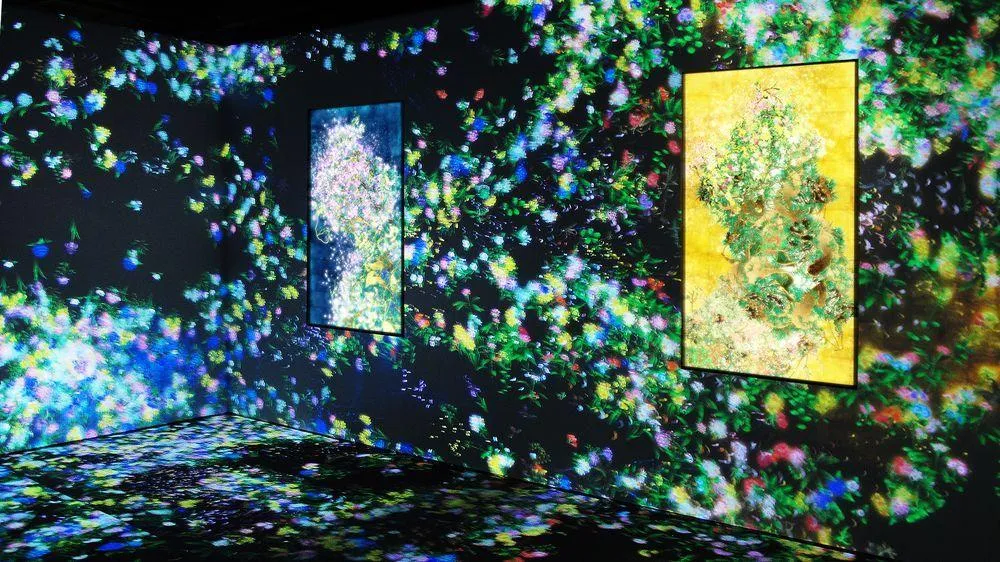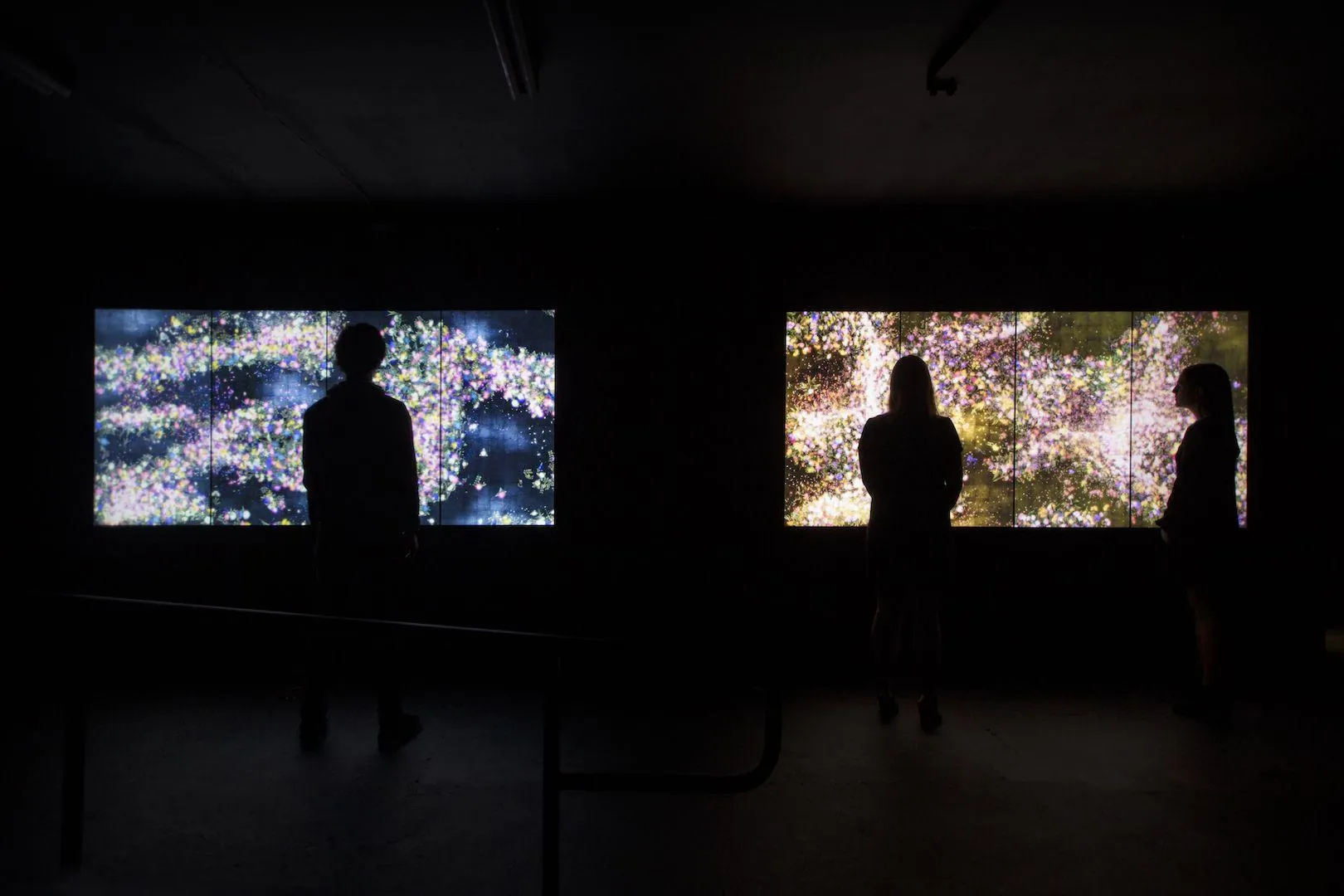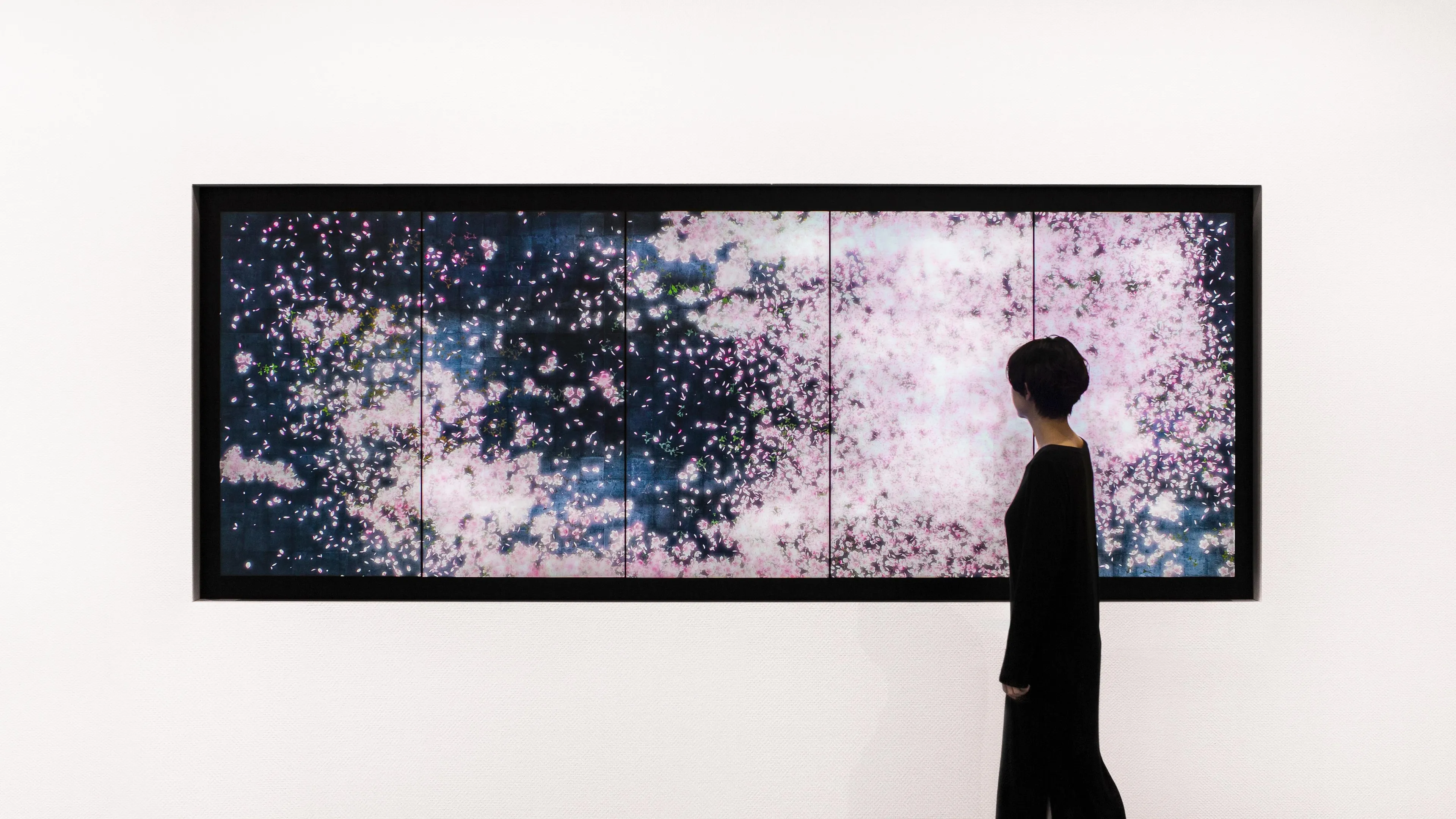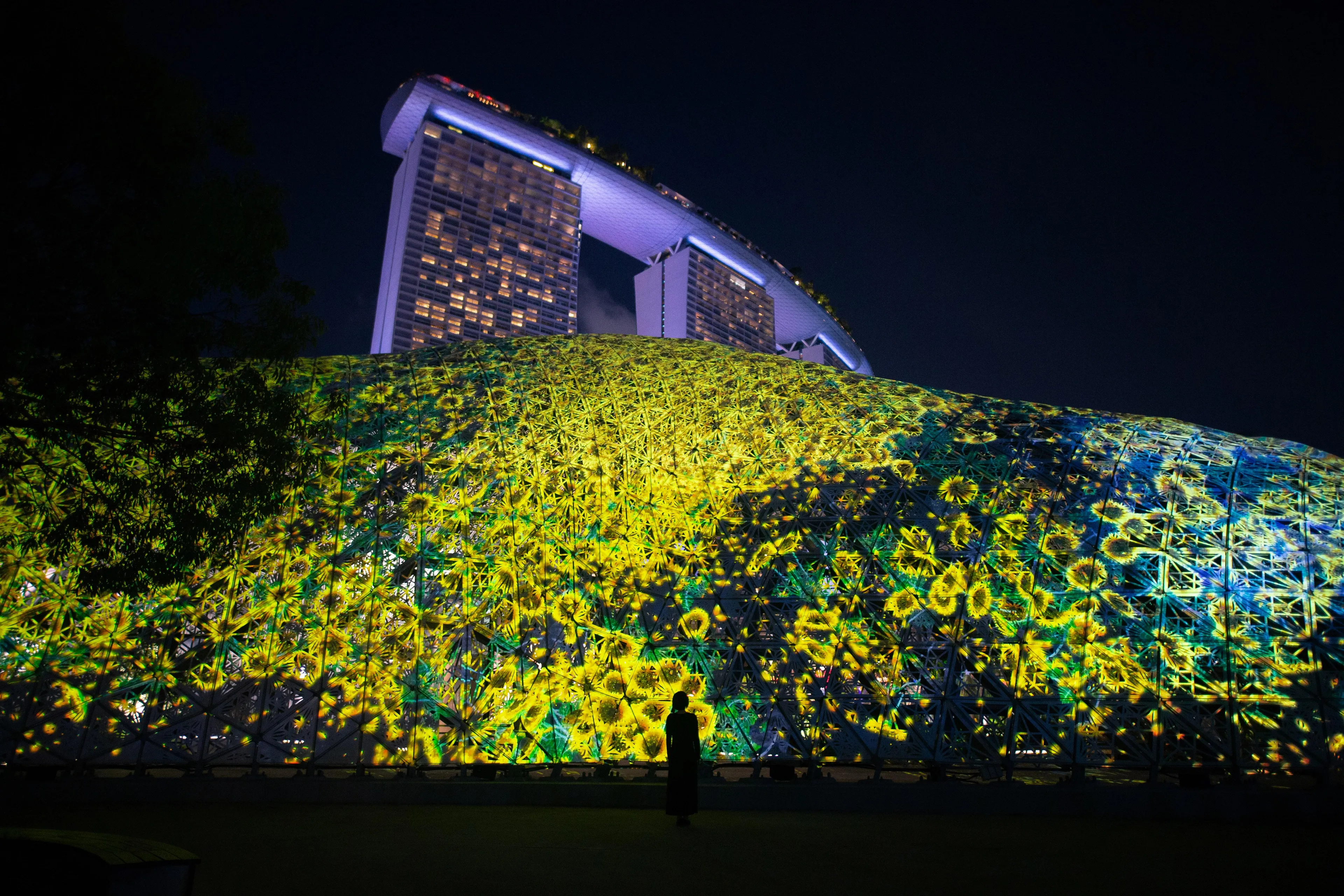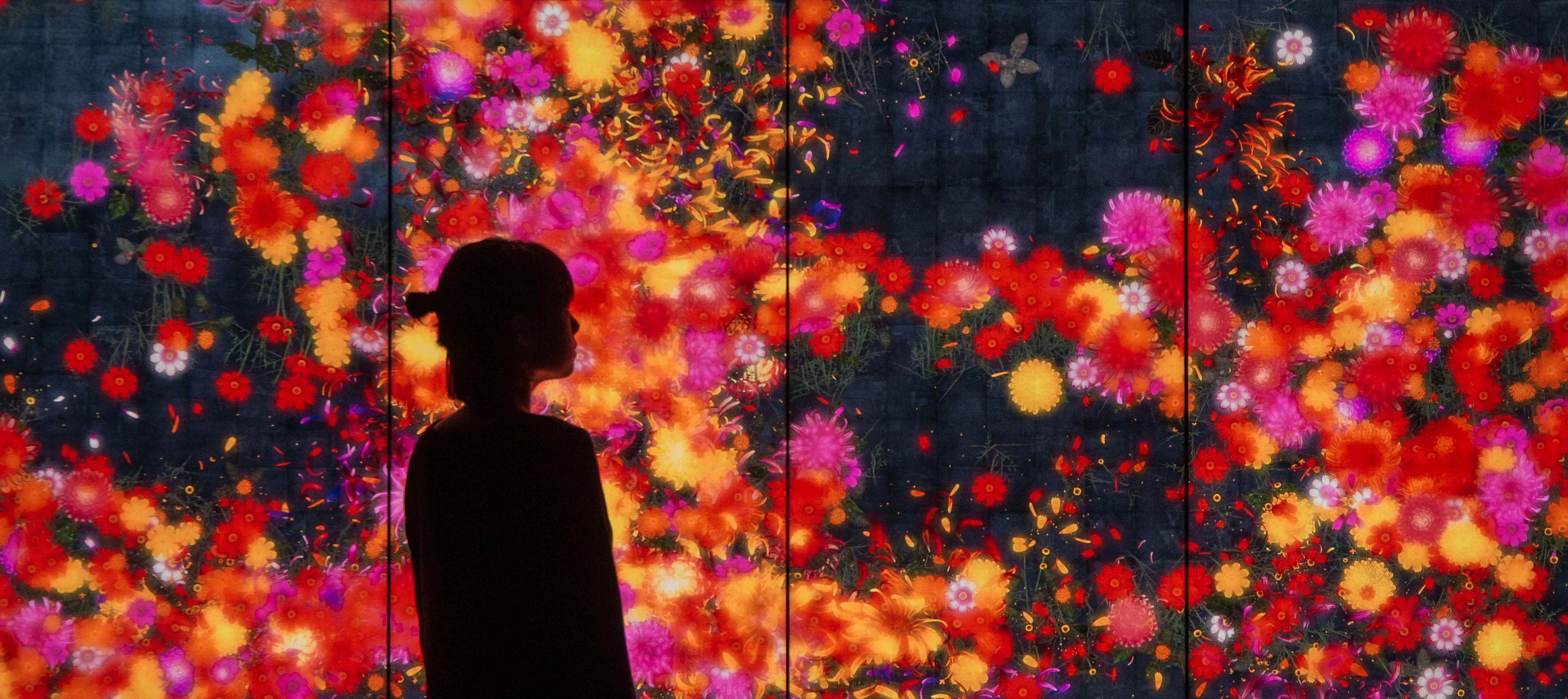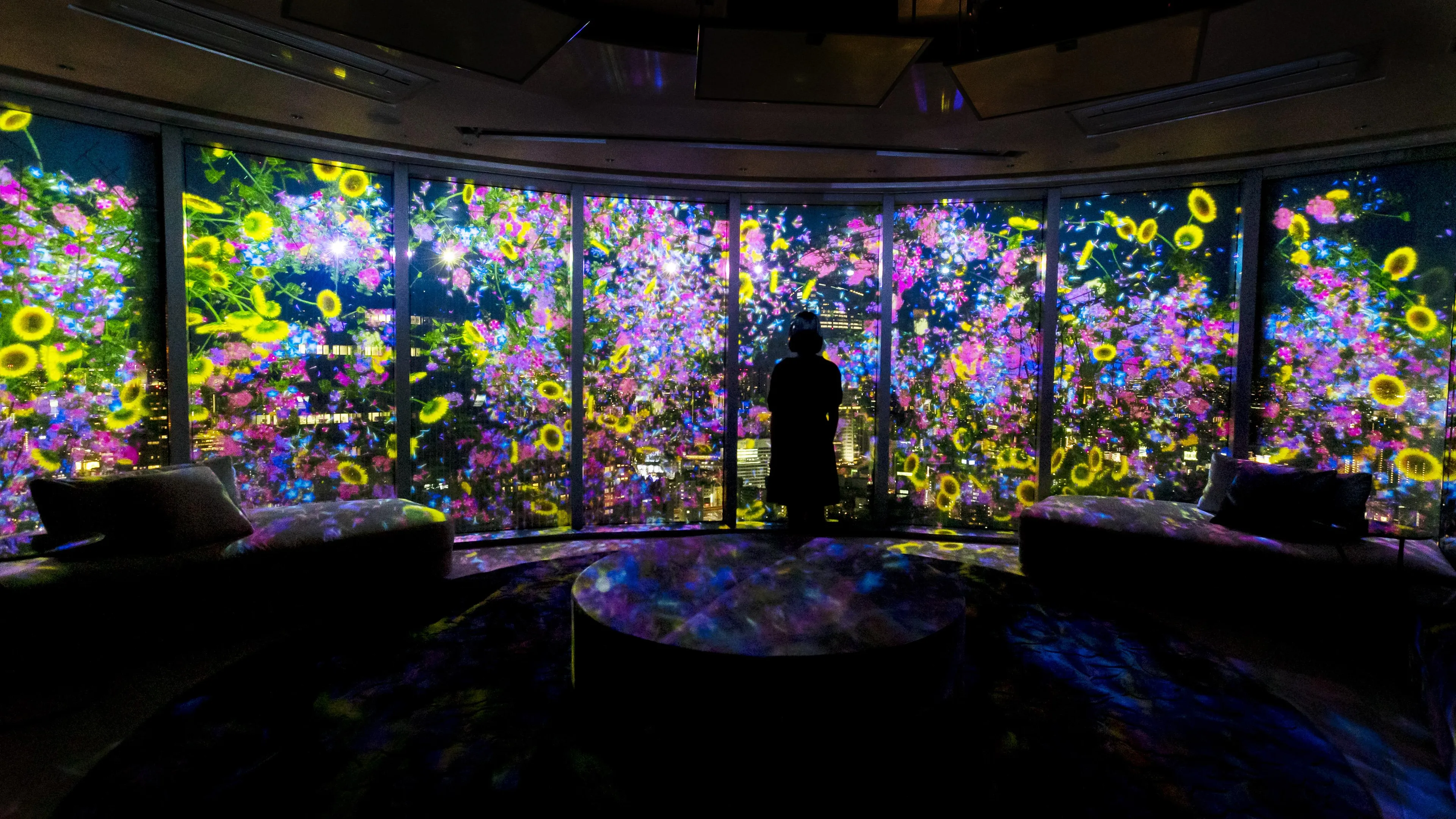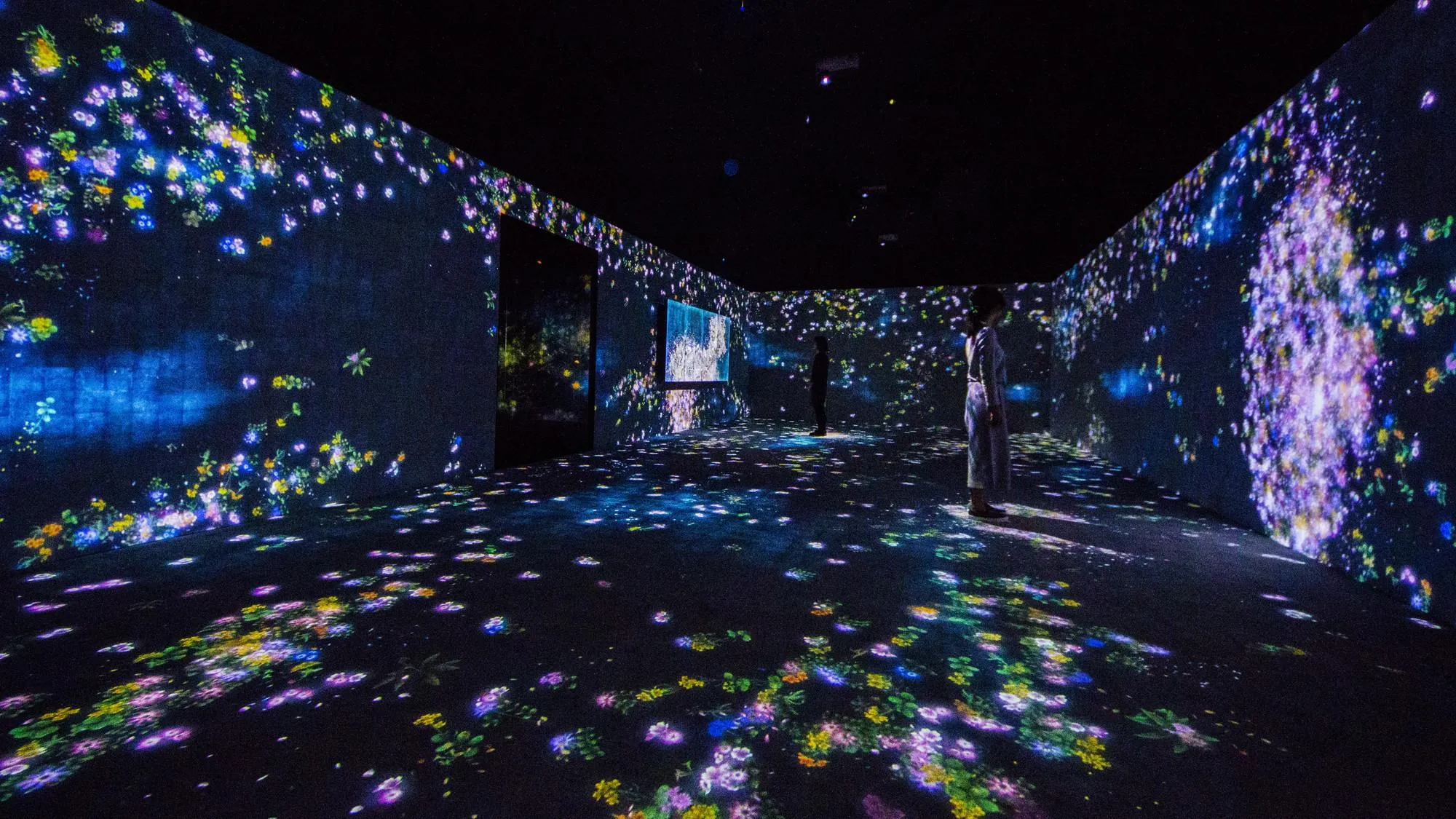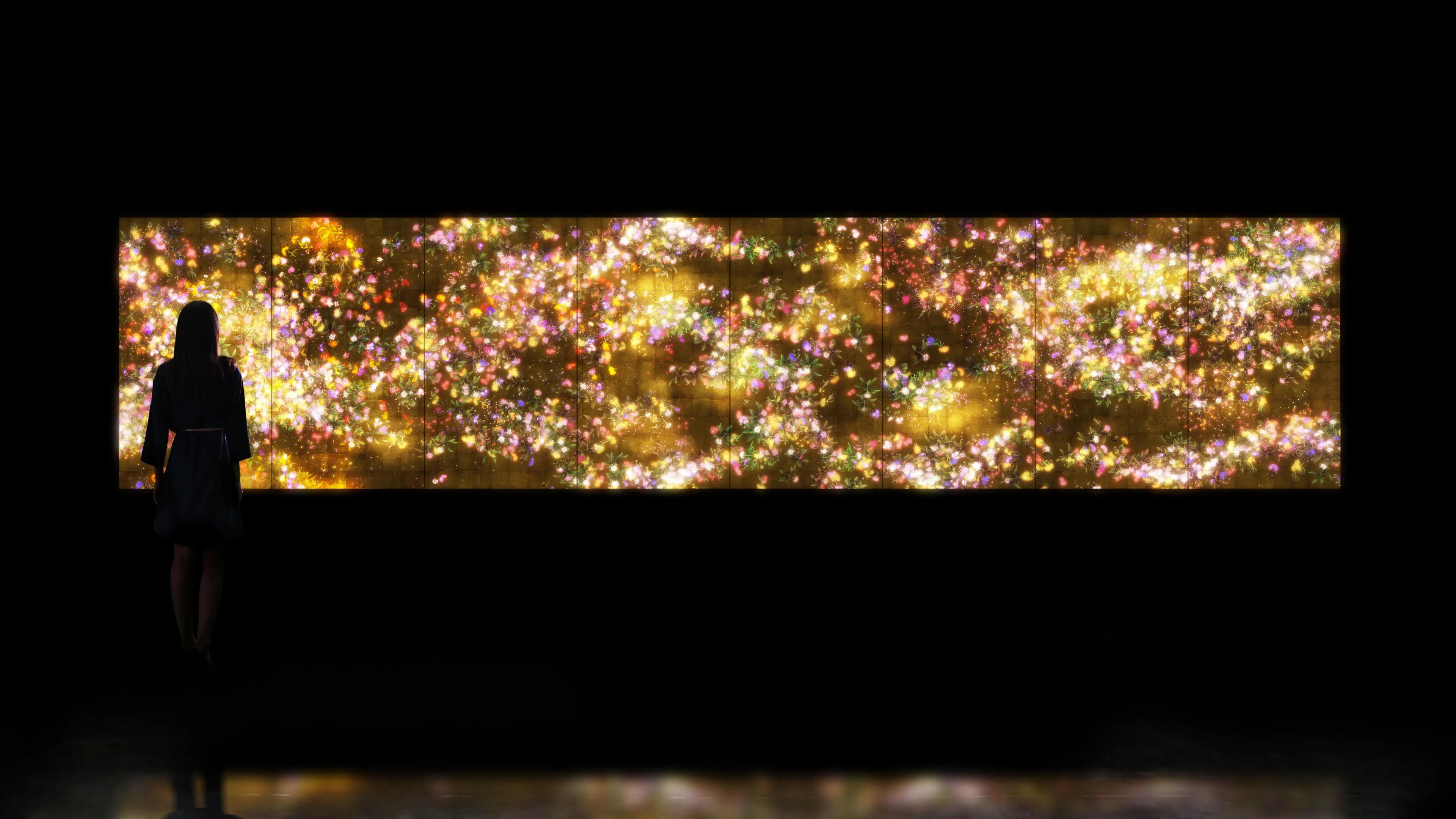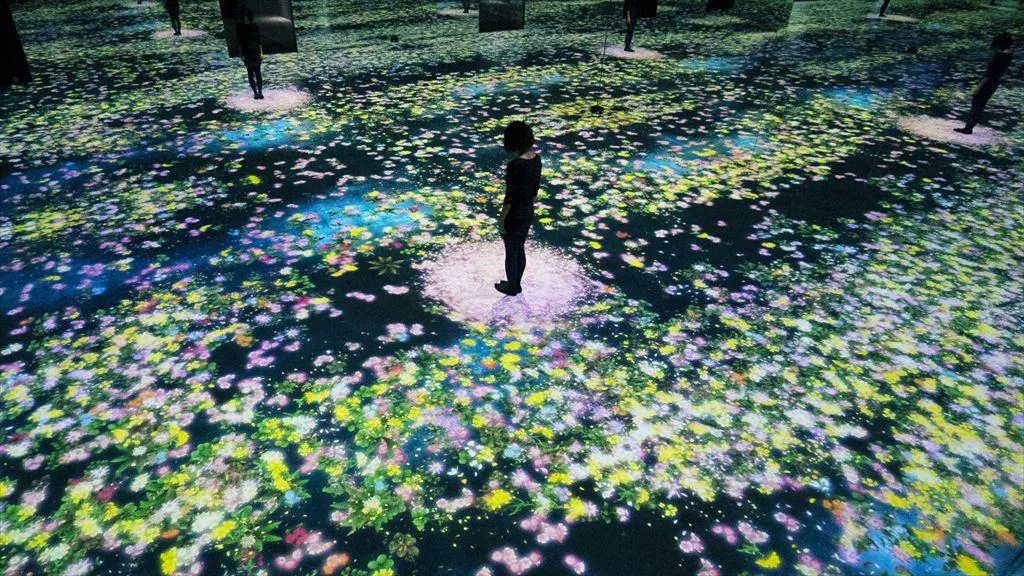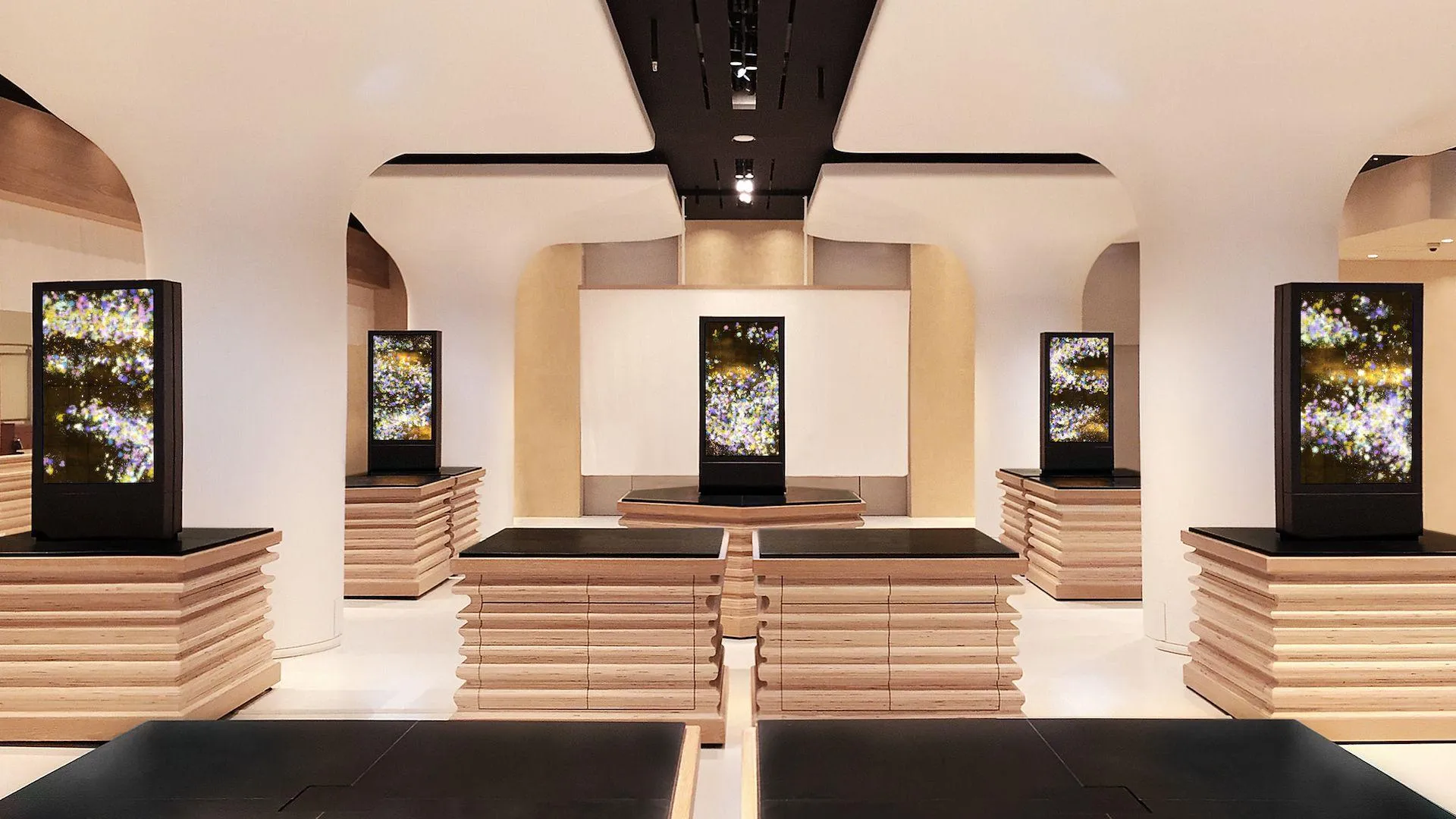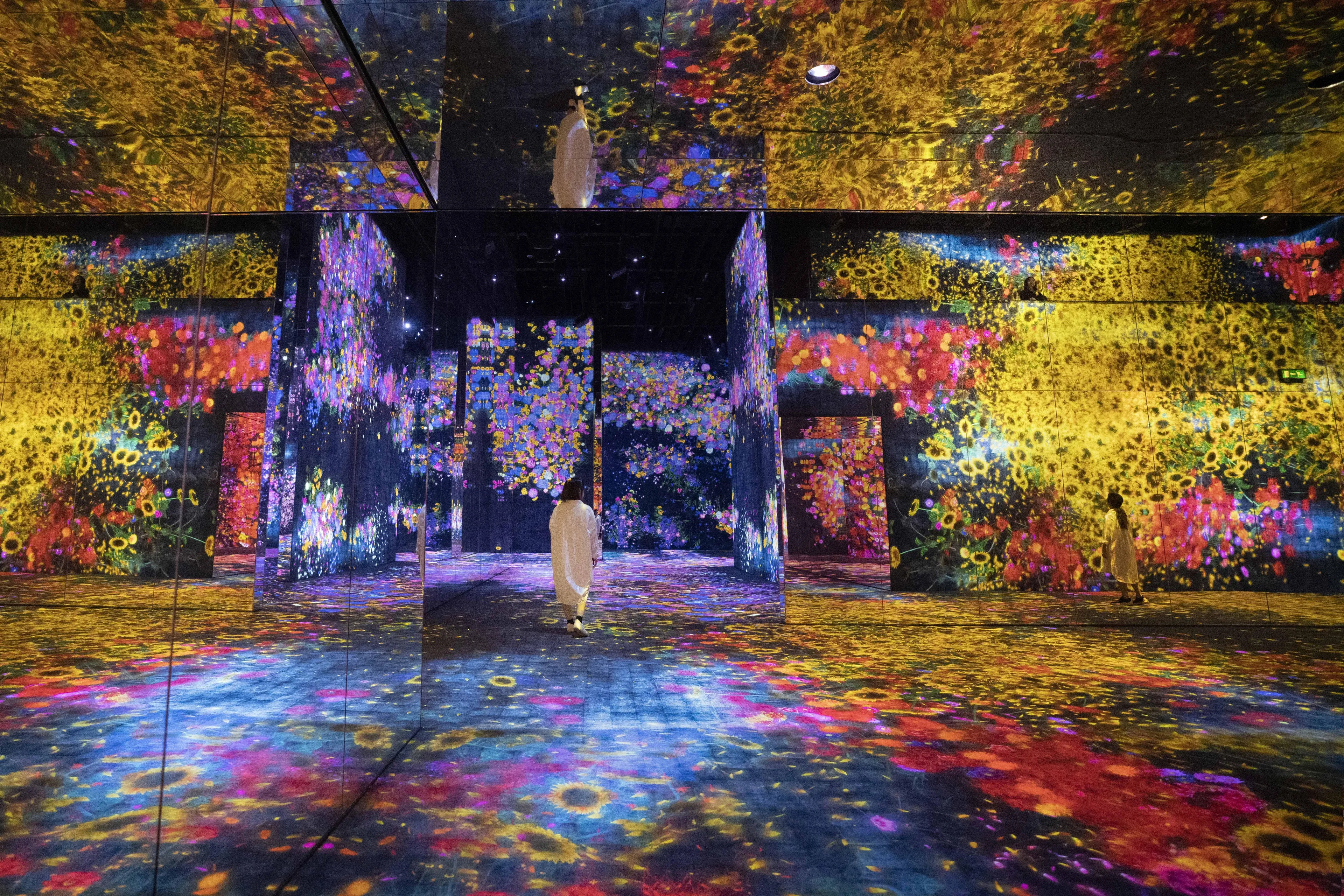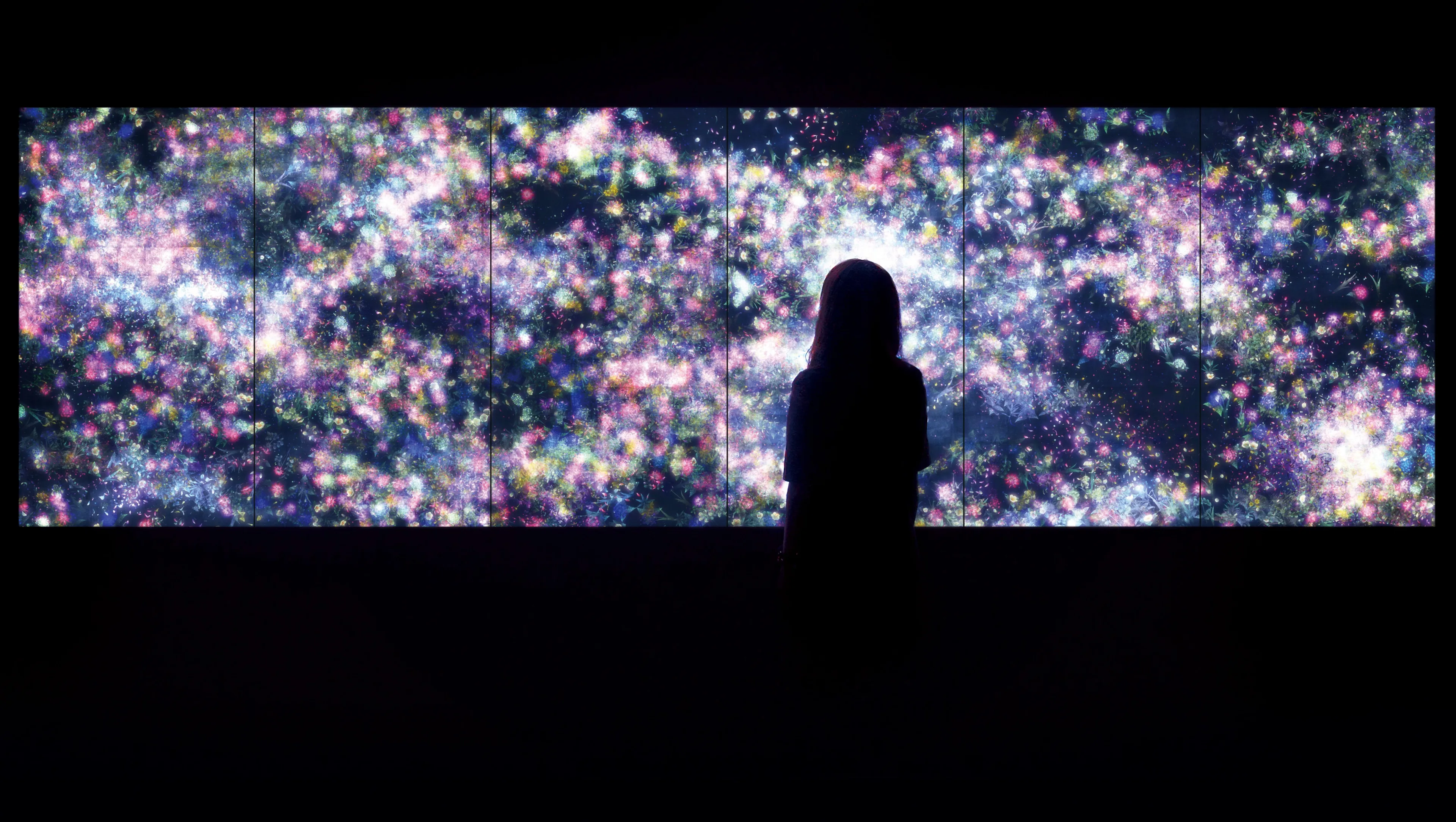At the Japan Society, Old Traditions and New Techniques
Call it Japanese art, 2.0. The Japan Society’s latest exhibition, “Garden of Unearthly Delights,” includes, among other pieces, a modern take on a zen garden; new riffs on traditional woodblock-style prints; and adaptations of Japanese screen paintings made using digital renderings, animation and 3-D graphics. In putting the show together, the gallery’s director, Miwako Tezuka, worked with the independent curator Laura J. Mueller to find two artists and an art collective whose work conveys the breadth and talent of the new guard of Japanese artists. They are, in Tezuka and Mueller’s eyes, true “takumi,” or artisans who take to their subject matter with a meticulousness that is inherently Japanese.
The artist Hisashi Tenmyouya refers to his style of work as “basara,” or outlaw culture, and his pieces are equally defiant and respectful of tradition. His zen garden, which takes over most of a room, is Tenmyouya’s first large-scale installation and was inspired by the Ryōan-ji temple in Kyoto — with a twist. The “rocks” and “sand” (made of fiberglass-reinforced polyester and calcium carbonate, respectively) are embedded with skulls, and the sand is colored crimson, to symbolize the devastation and unrest caused by Hiroshima, Nagasaki, the natural disasters of March 11, 2011, and the Senkaku Islands dispute.
The zen garden is part of “Rhyme” (2012), which includes a large diptych, one half of which is a digital rendition of the other. The work’s distinctive background coloring echoes traditional Japanese art made with kinpaku (gold leaf); meanwhile, the foreground imagery depicts men in loincloths, riding horses in battle. By coupling Japanese feudal-era art with traditional screen painting, Tenmyouya brings a new perspective to two genres.
The focal point of Manabu Ikeda’s work is nature: primarily, climate change and man’s participation in it. In Ikeda’s hands, nature becomes anthropomorphic, powerful and perhaps even vindictive, as if preparing to reclaim the landscape from mankind — which might represent a kind of justice in the artist’s eyes. “I grew up in the country, ” he says, “I love rock climbing, hiking and fishing. It’s sad to watch nature disappearing, fading away.”
Inspired by the nuclear disaster at Fukushima, “Meltdown” depicts industrial factories precariously perched atop a large block of ice, which looks like a glacier about to strike a large field of grass. Ikeda was in Vancouver in March 2011 when the tsunami hit Japan, and “Meltdown” juxtaposes the beautiful local Canadian scenery against the destruction in Fukushima.
“Foretoken” might be the more controversial of Ikeda’s two large-scale paintings in the exhibition. The work, a nod to Hokusai’s famous woodblock painting “The Great Wave off Kanagawa” — with its large, looming waves absorbing all of civilization in their wake — was created in 2008 but hasn’t been shown since then. Museum representatives in Japan told him the public wasn’t ready to experience the piece after March 11, Ikeda explains; its imagery was too reminiscent of the 23-foot tsunami. He hopes for a better reception in New York.
TeamLab, a design collective whose work varies from creating websites to fine art, considers its style to be all-around “positive.” Initially founded by five graduates of the prestigious Tokyo University, the company has since ballooned to approximately 350 employees. About 15 of those employees were central to “Flowers and People — Gold and Dark” (2014), a digital landscape of flowers that encompasses a whole room at the exhibition. Team Lab offers viewers a way to participate in the art: By walking on the floor or touching the walls, attendees will set off a motion that propels the flowers to bloom, wither and fall from the trees.
“What you are watching at this moment will never repeat itself forever,” says Ikkan Sanada, an advisor for Team Lab. “It’s a very complicated software; even TeamLab doesn’t know what will happen. The basic structure, the kind of flowers used and such are already programmed, but in which order and where it happens is very random.”
“Garden of Unearthly Delights: Works by Ikeda, Tenmyouya & teamLab,” begins today at the Japan Society, 333 East 47th Street, (212) 832-1155; japansociety.org.

